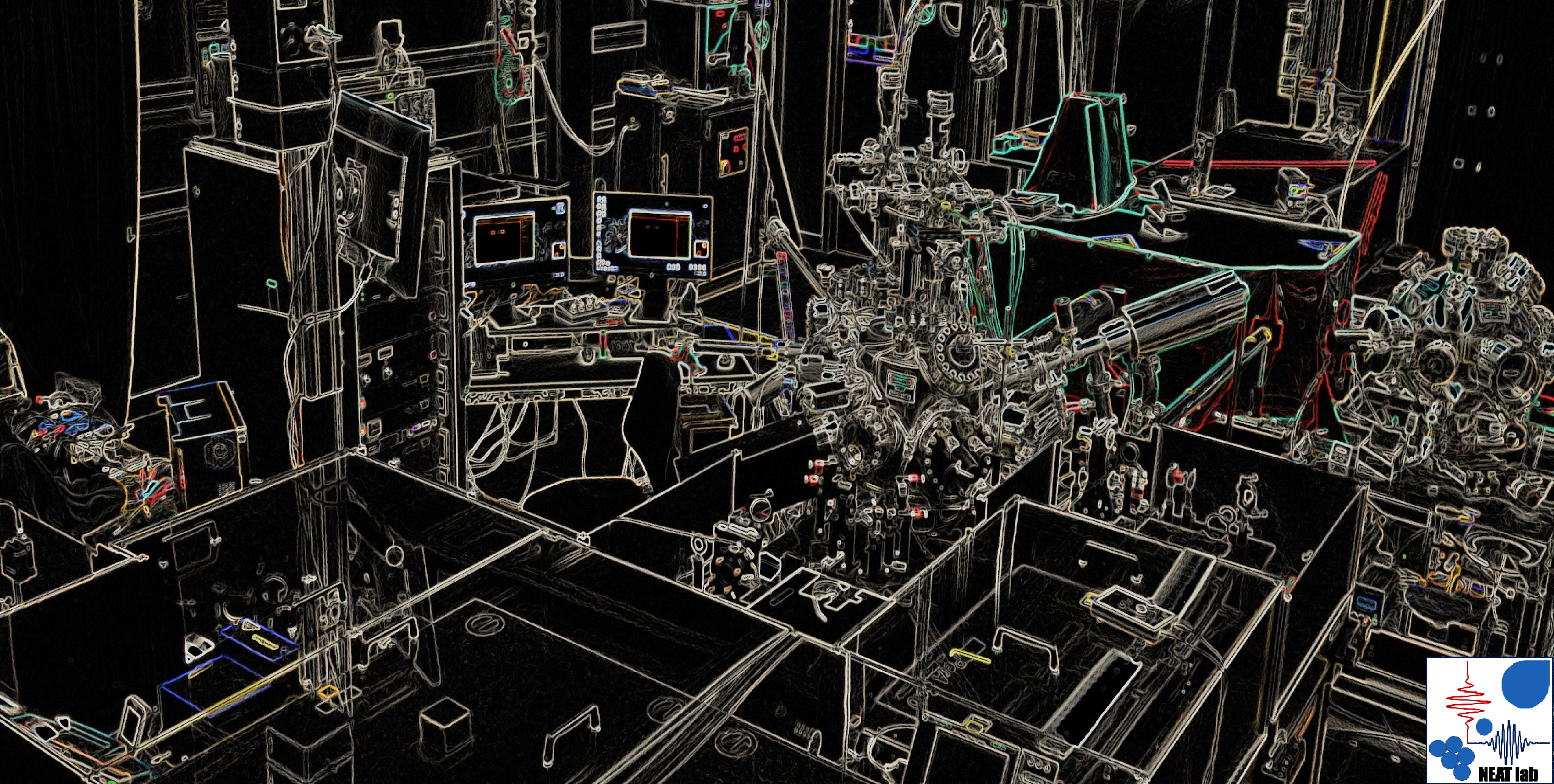Nonlinear optics for Epitaxial growth of Advanced Thin films (NEAT)
Our team uses the optical non-linear response of the thin films as a diagnostic tool to monitor in real time the ferroic response of the thin film during deposition. For the first time, we can access the ferroic order when it emerges unit cell by unit cell during the pulsed laser deposition process. For example, ferroelectric critical thicknesses and domain state can in principle be measured in situ for single layers but also in superlattices.
The Team
-
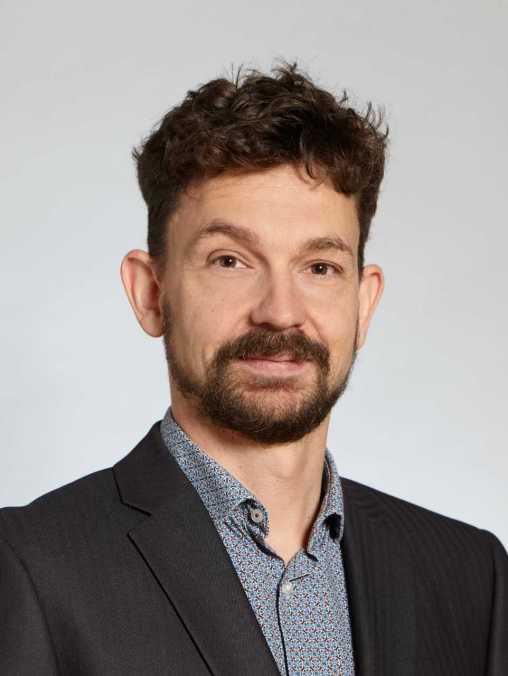
Prof. Dr. Morgan Trassin
(Group Leader)
-

Ipek Efe
(PhD Student)
-
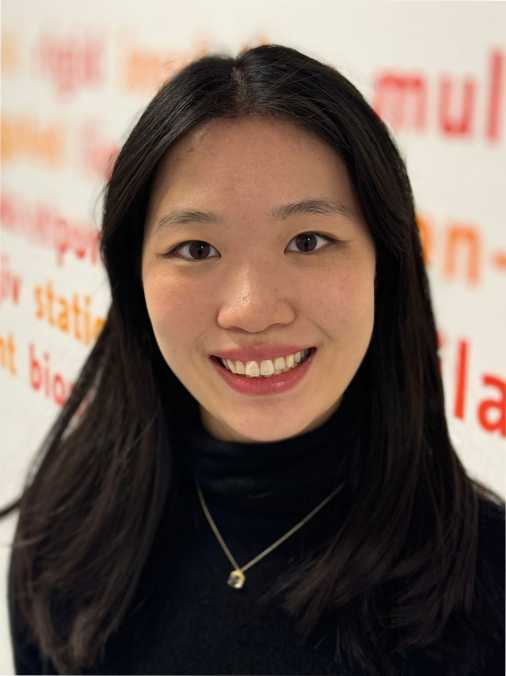
Bixin Yan
(PhD Student)
-
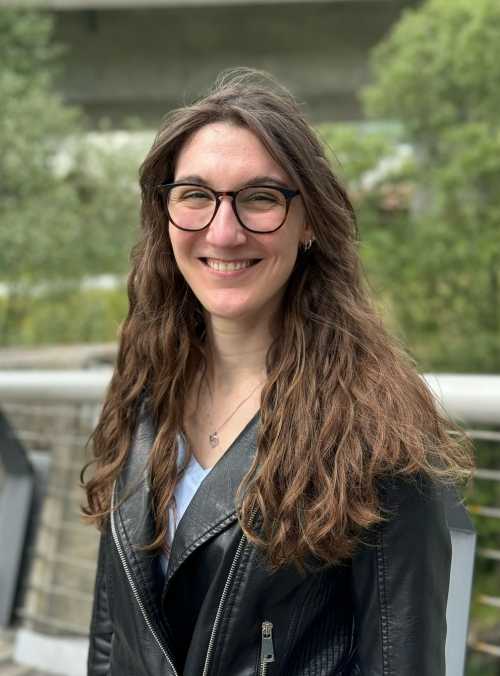
Valentine Gillioz
(PhD Student)
-
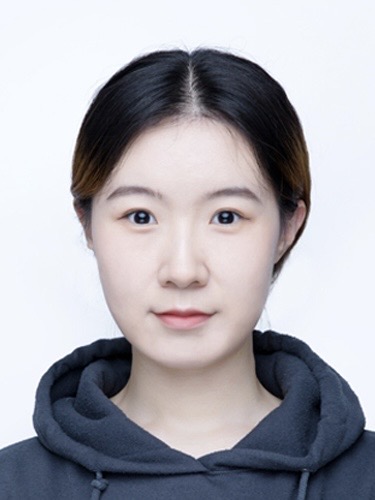
Yifan Zhao
(Affiliated PhD Student, EMPA)
-

Christoph Dräyer
(Master's Student)
-
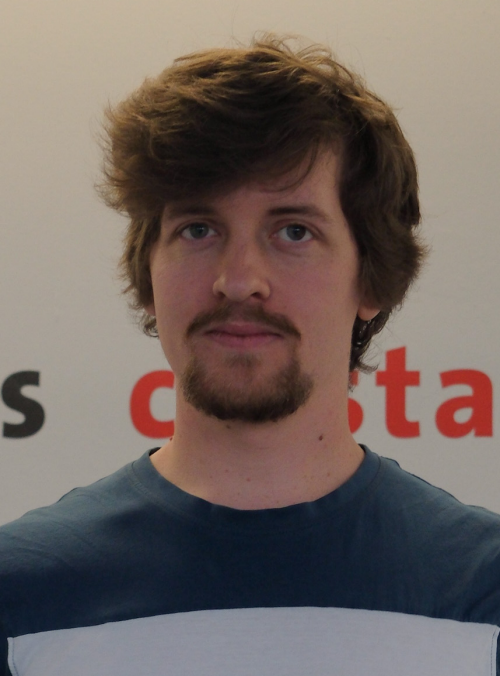
Tizian Scharsach
(Master's Student)

Magnetization reversal in spintronics applications requires either an externally applied magnetic field or a large current density, which is accompanied by significant energy dissipation. A reversal of magnetization induced only by the application of an electric field can lead to low-power devices.
Using multiferroics, previous approaches have seen limited success by only achieving rotations of the magnetization or a change in anisotropy by applying an electric field. To pave the way to new low-power devices, the more desirable electric-field driven magnetization reversal must be achieved and read out with a small current. In multiferroic heterostructures, ferromagnetic domains can be moved and switched using different charge states, strain configurations or magnetoelectric coupling. Ferroelectric domain engineering using epitaxial strain is critical towards the achievement of deterministic switchings.
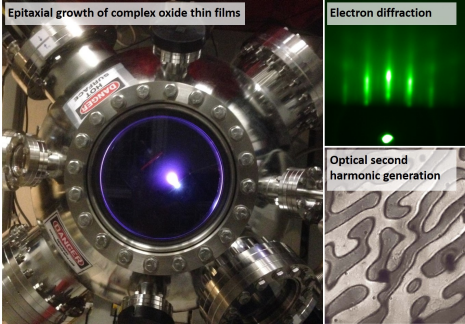
In our group, two aspects team up: First, our unique expertise in applying non-linear optics in ferroic matter characterization (SHG) and second, high quality epitaxial heterostructures growth (PLD) and thin film characterization capabilities. The PLD lab’s ultra-high vacuum deposition chambers (equipped with RHEED monitoring capacity) are implemented with a state of the art ultra-fast laser system in order to perform the non-linear optical probe of high quality oxide films in real time.
We have direct access to the ferroic state during the growth and investigate new states of matter and functionalities to improve the current understanding of ferroelectric superlattices behavior.

The local application of a low energy consuming voltage results in the formation of ferroelectric switching events in the oxide thin films. These events are probed using PFM and non linear optics towards non invasive ferroic state probing of artificial multiferroic heterostructures.
